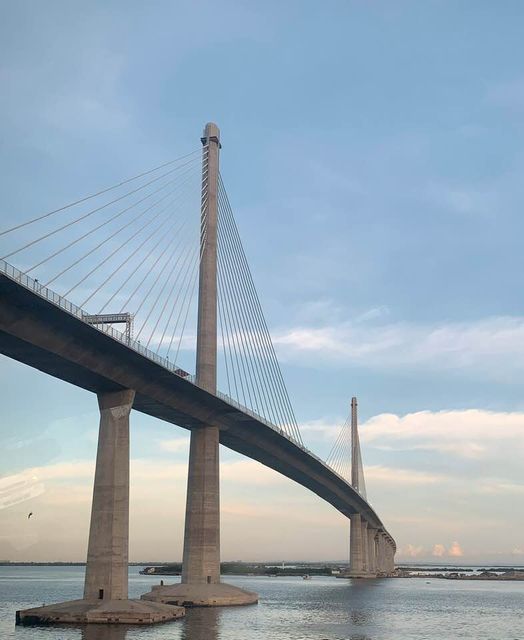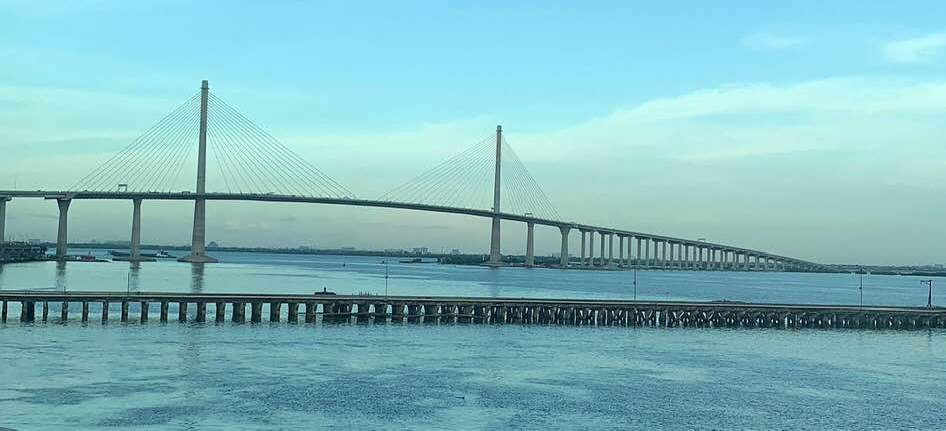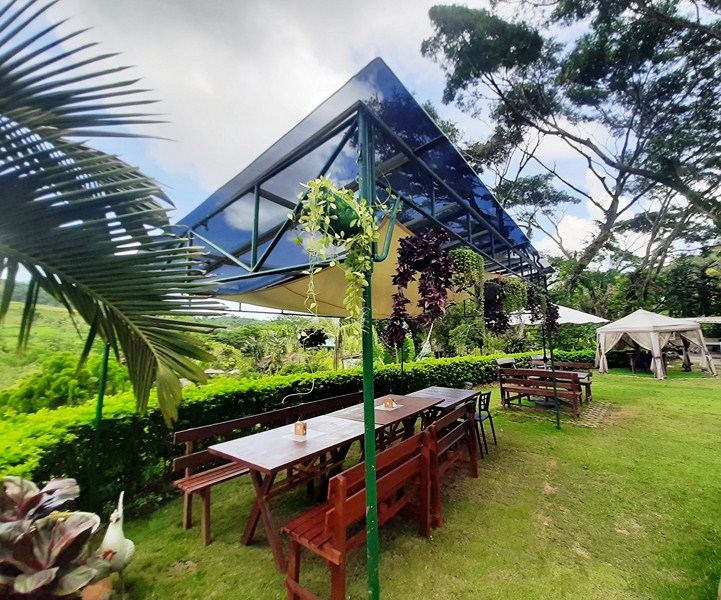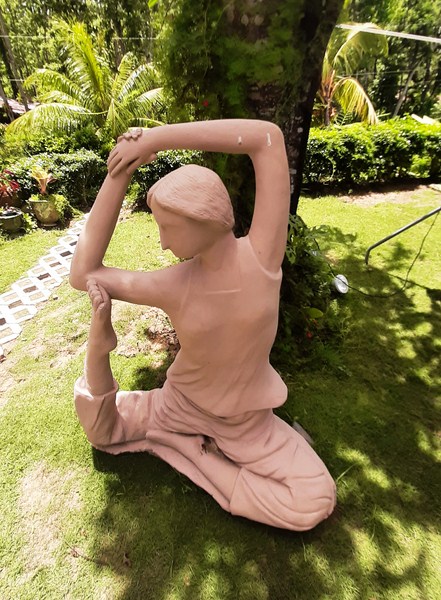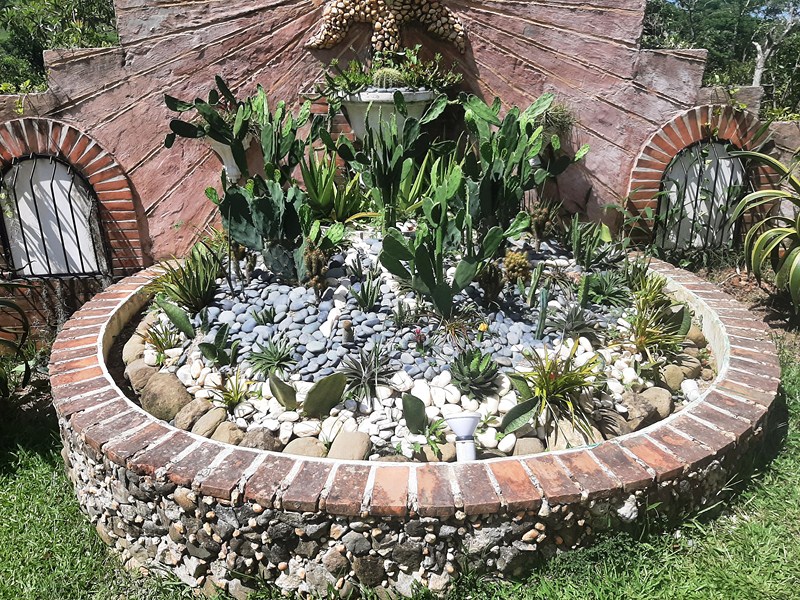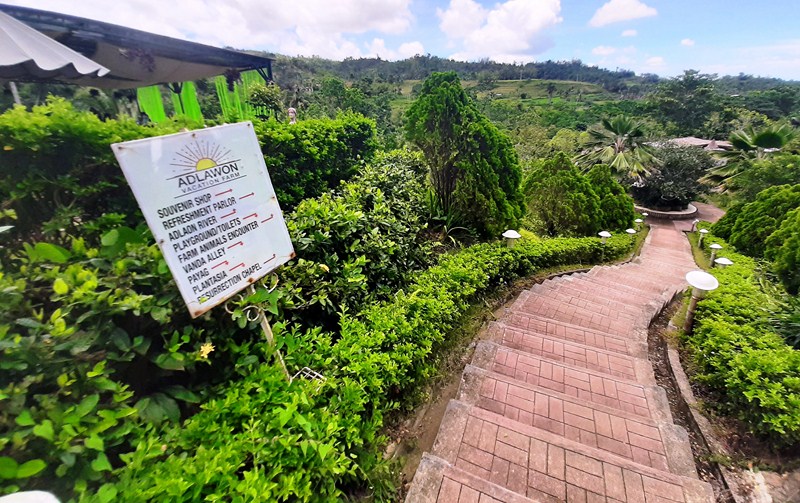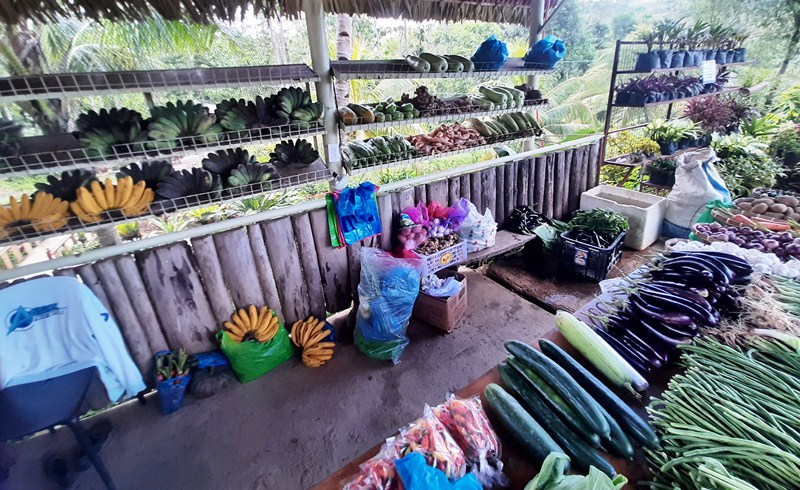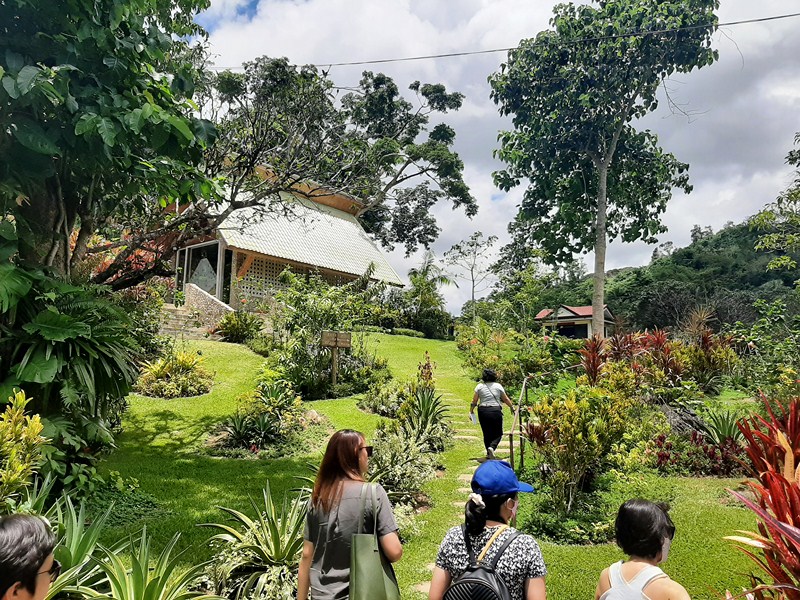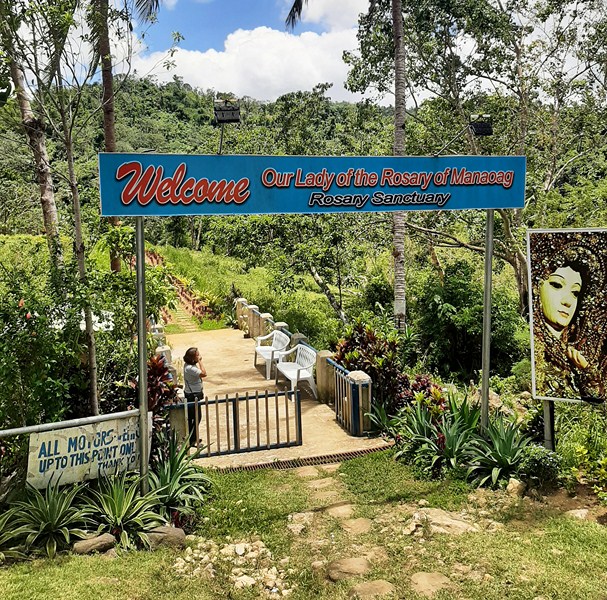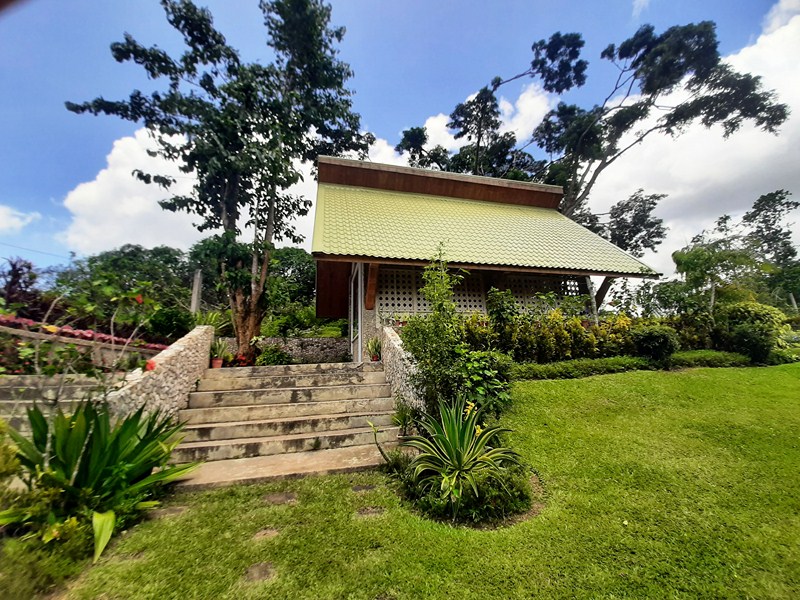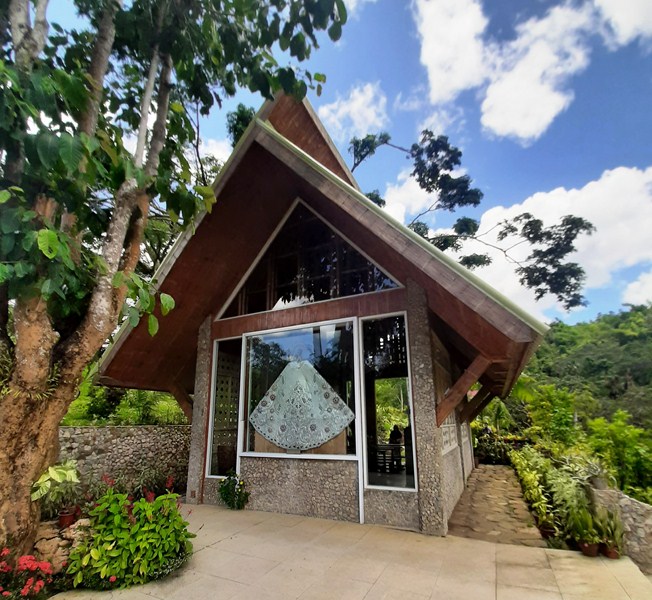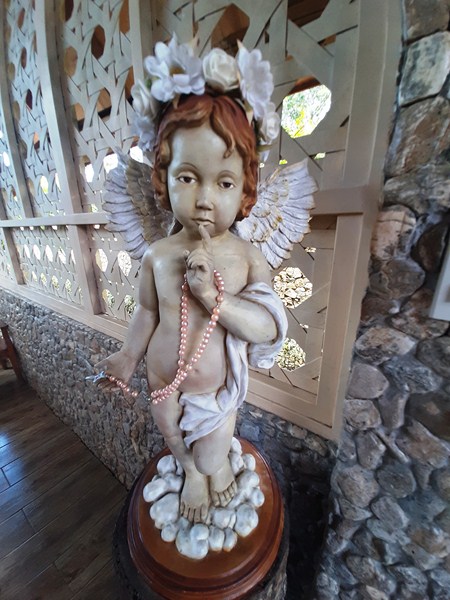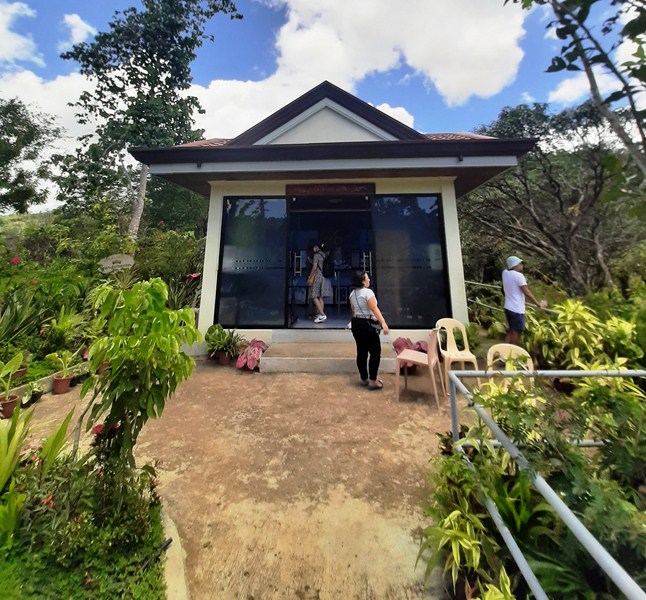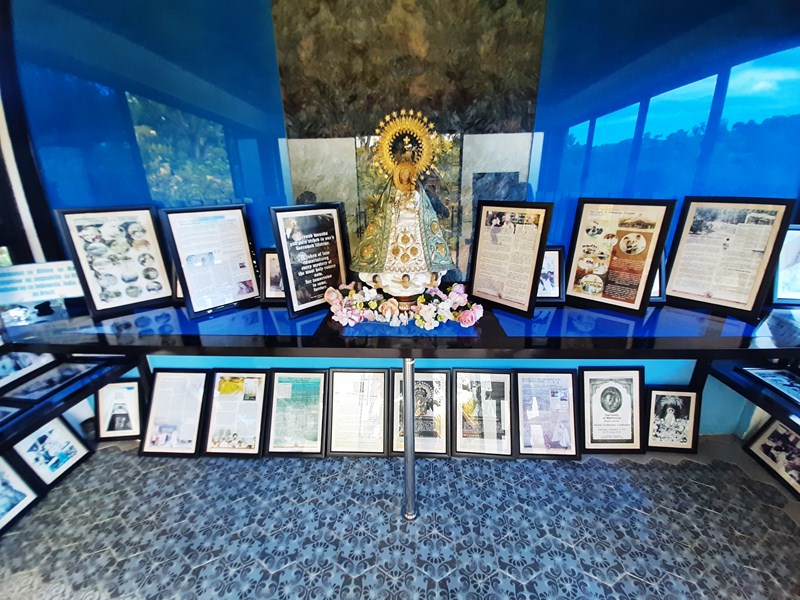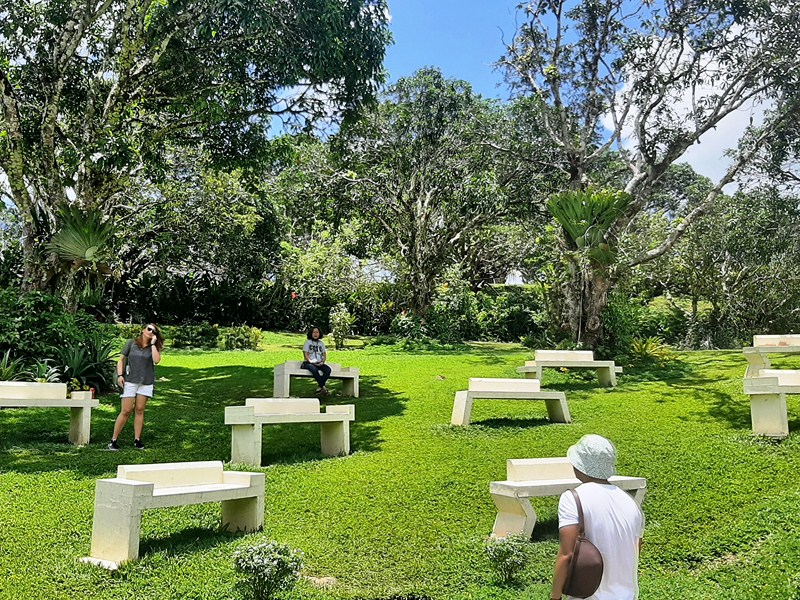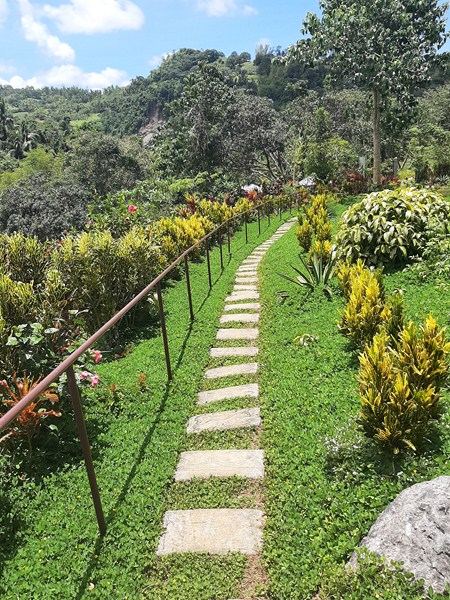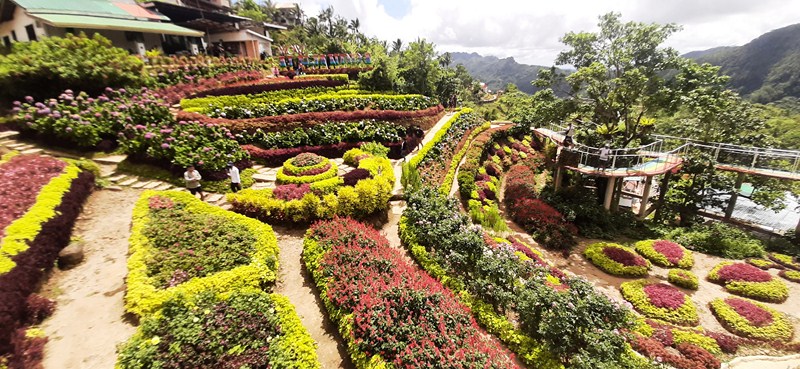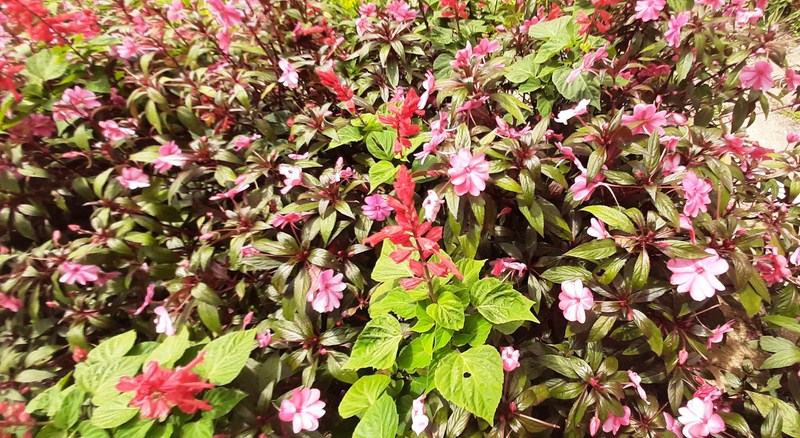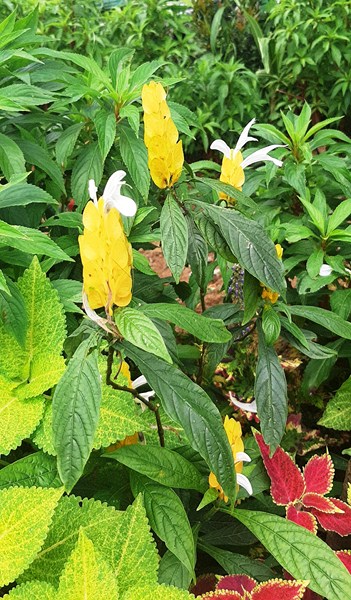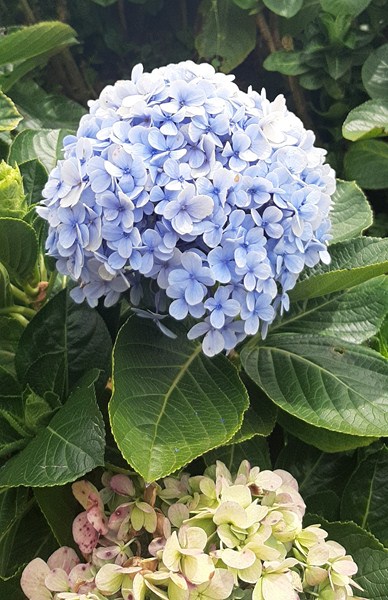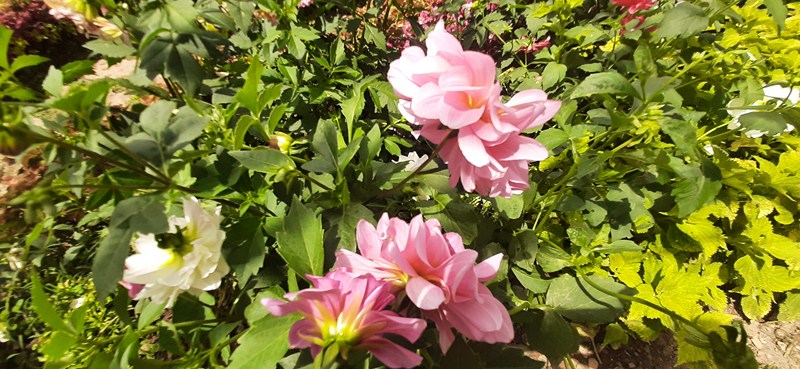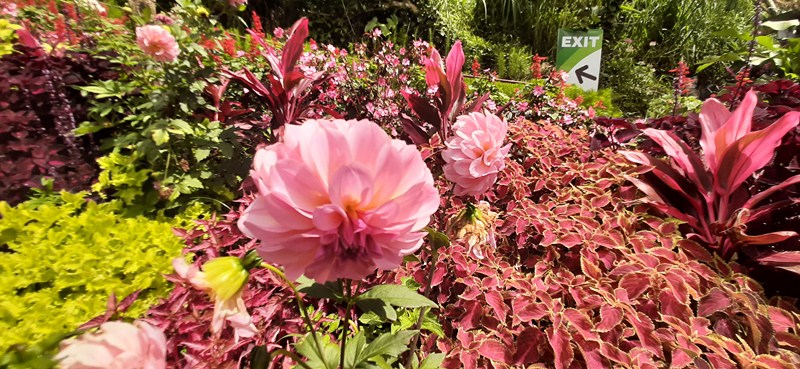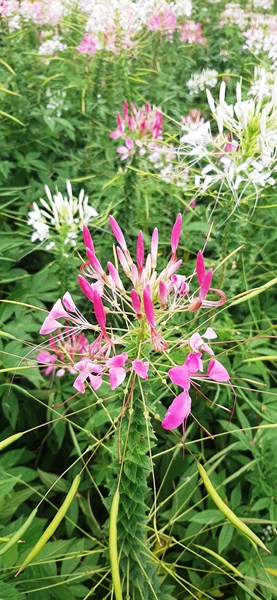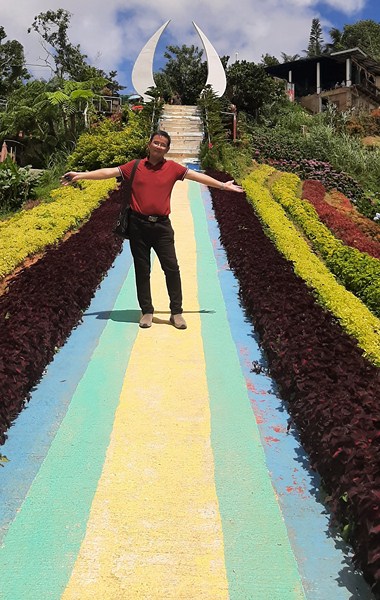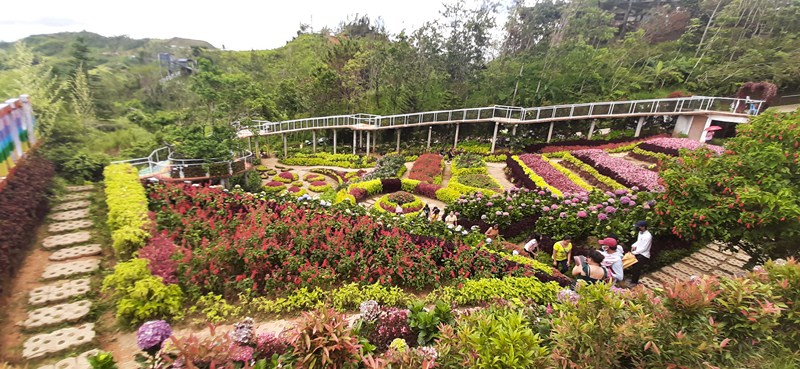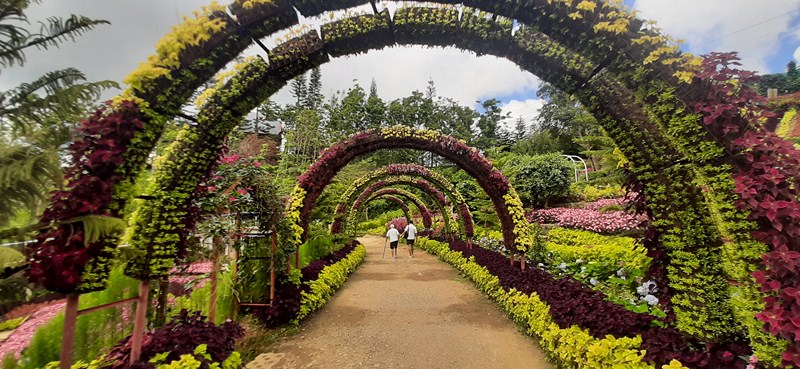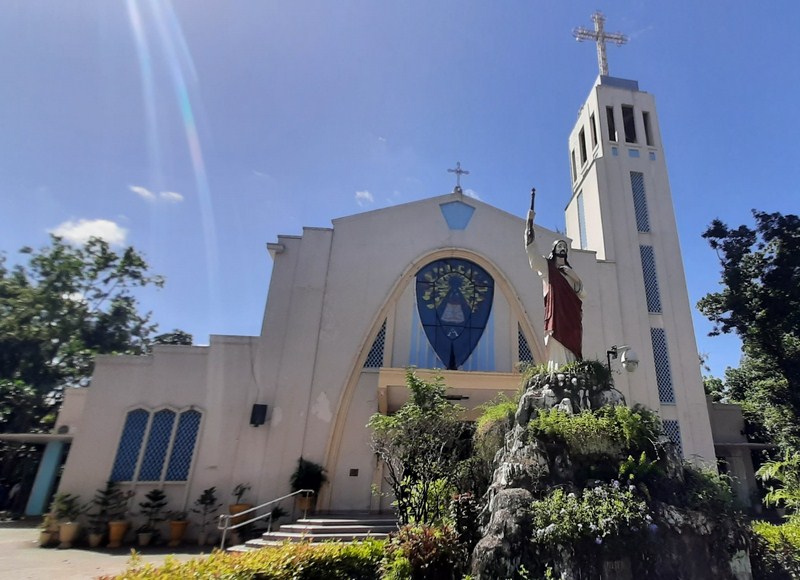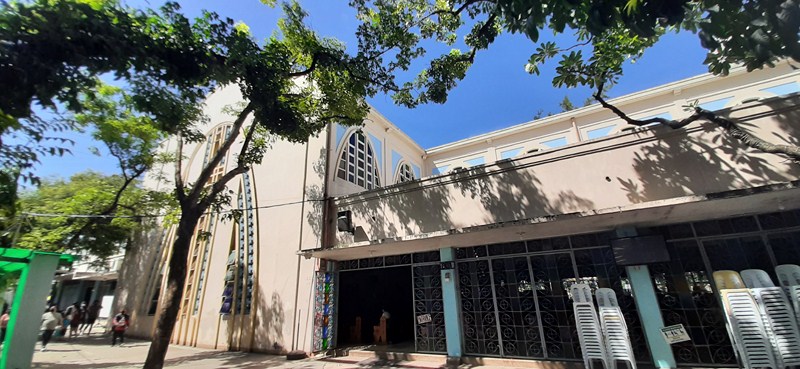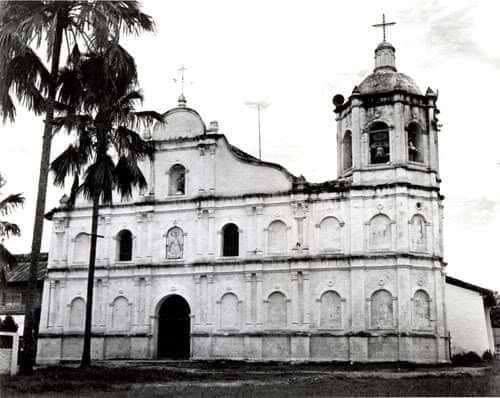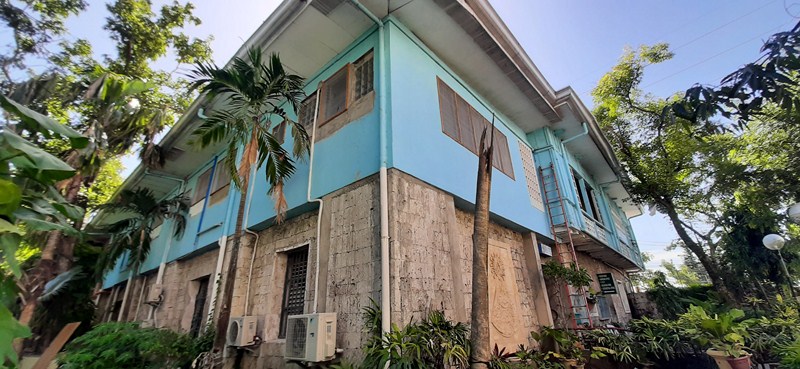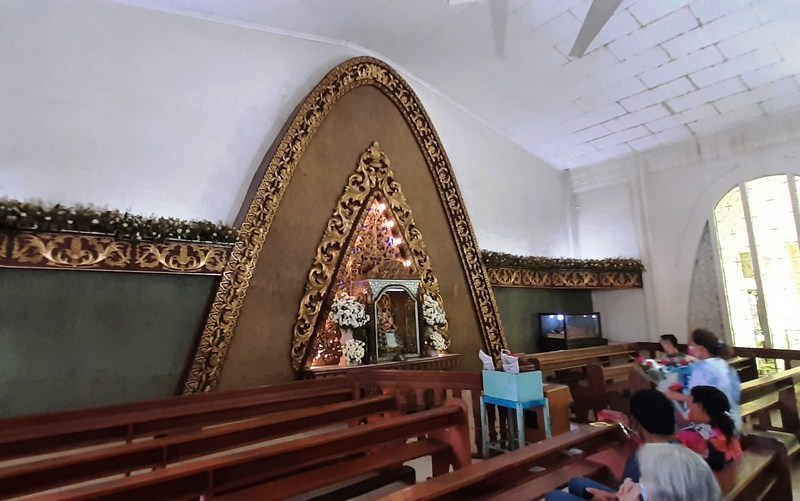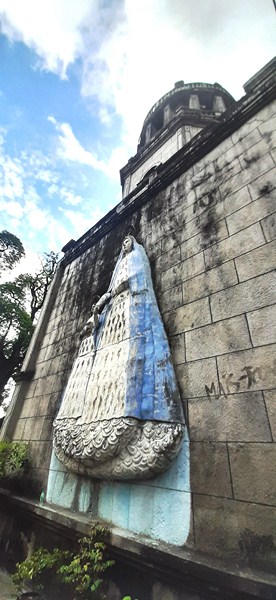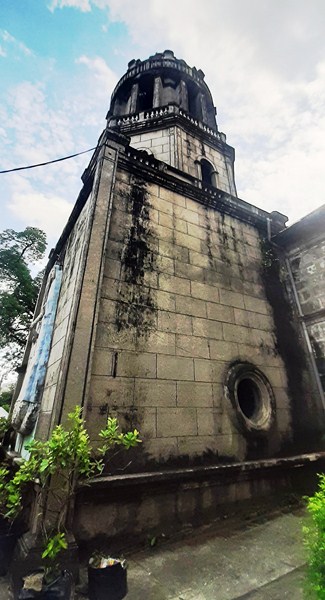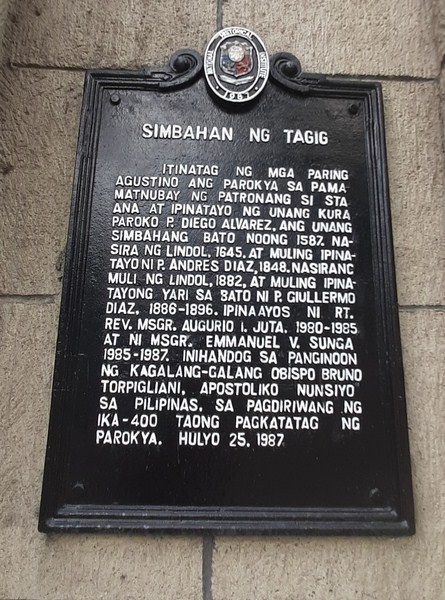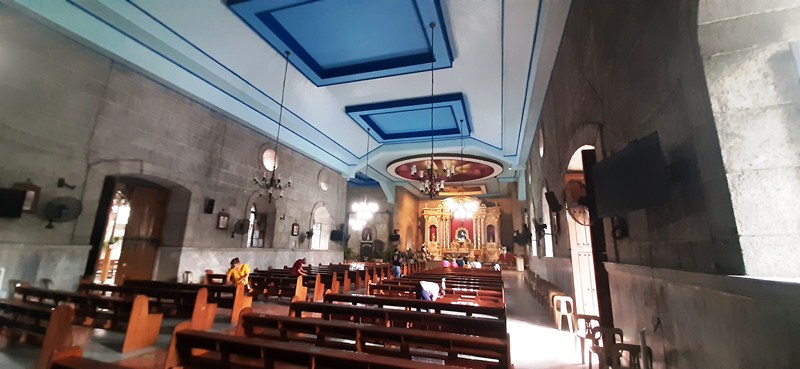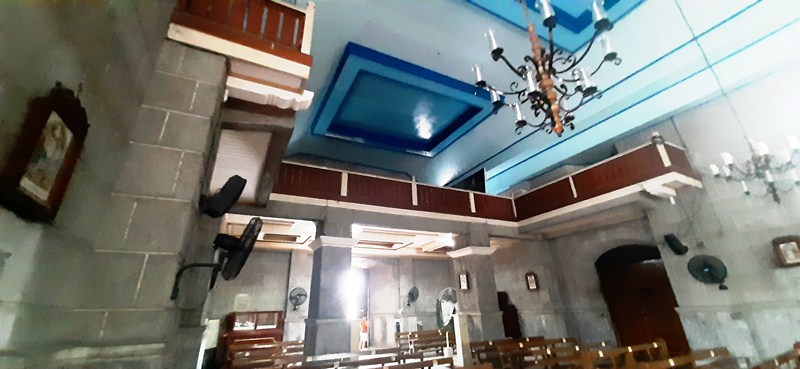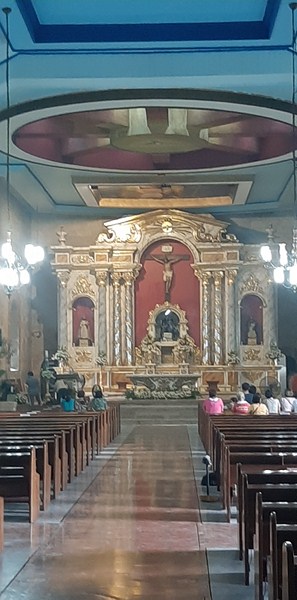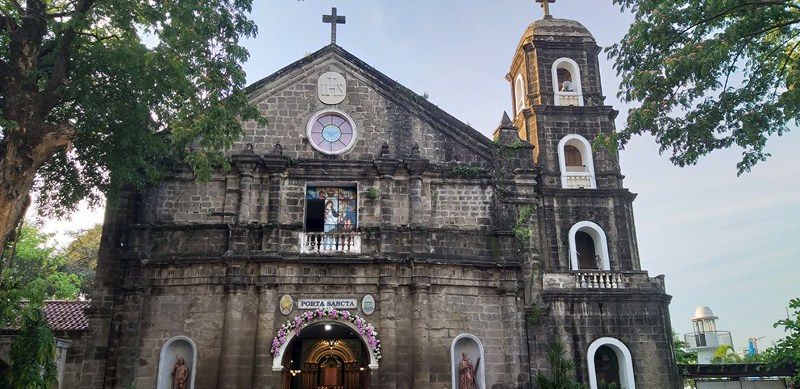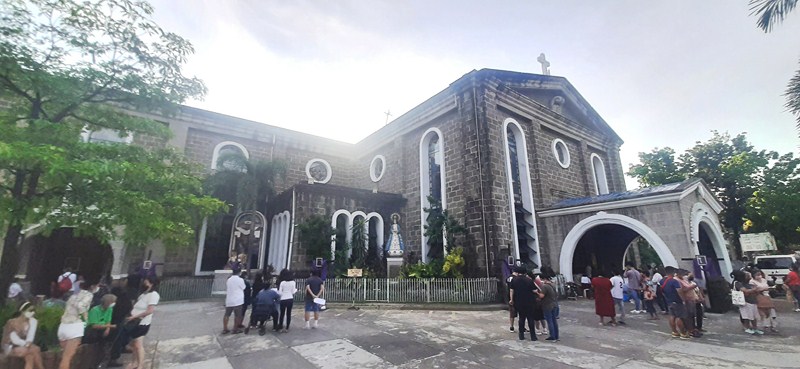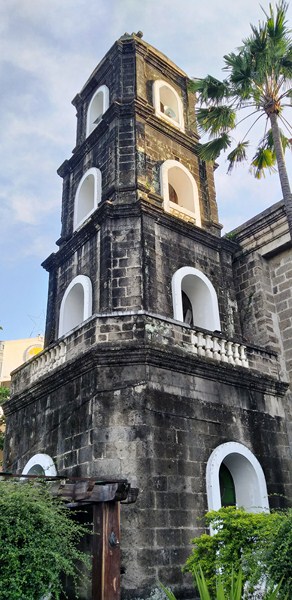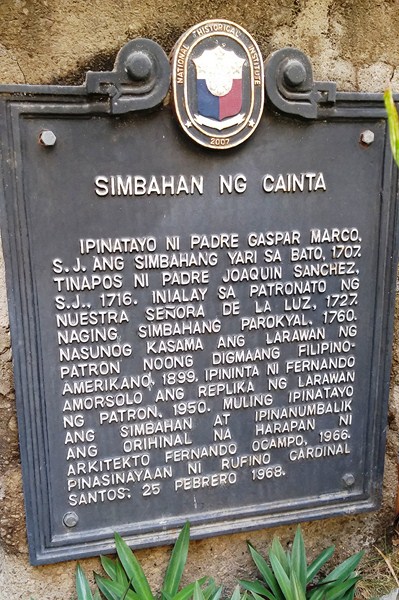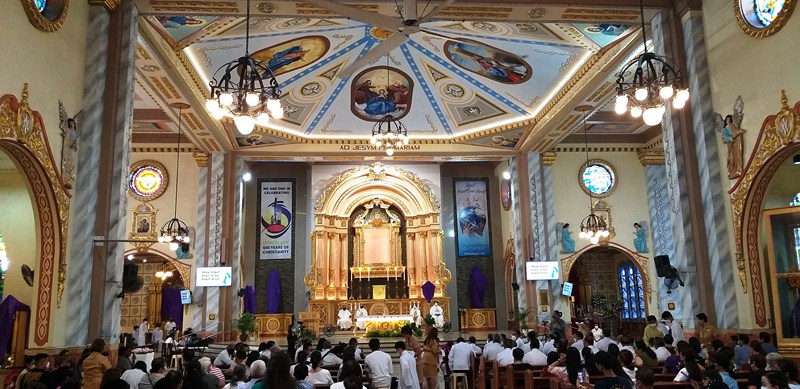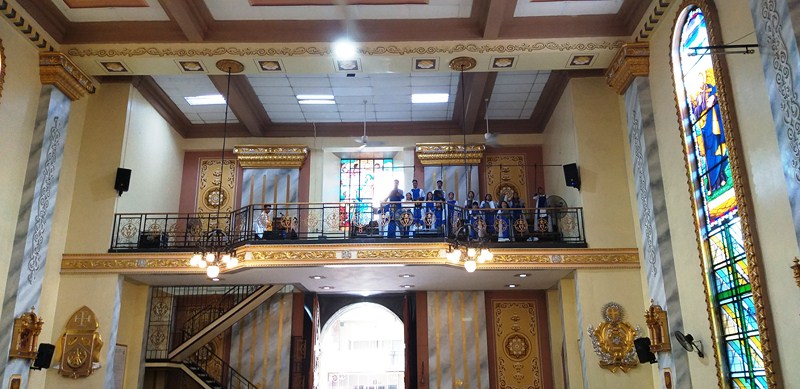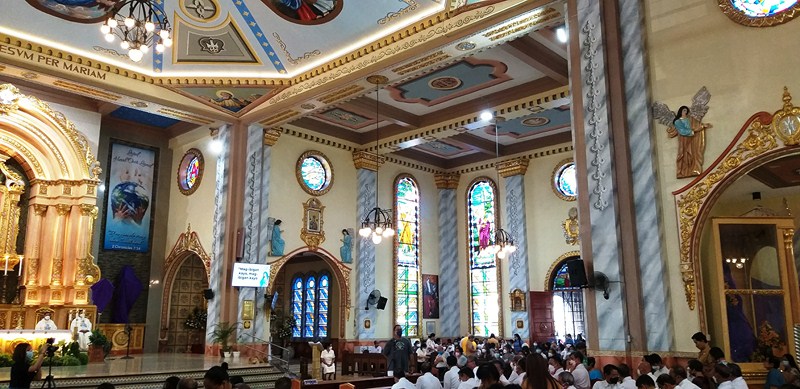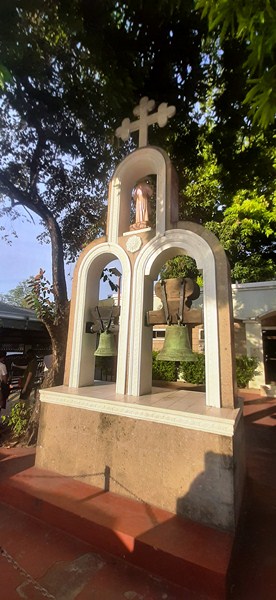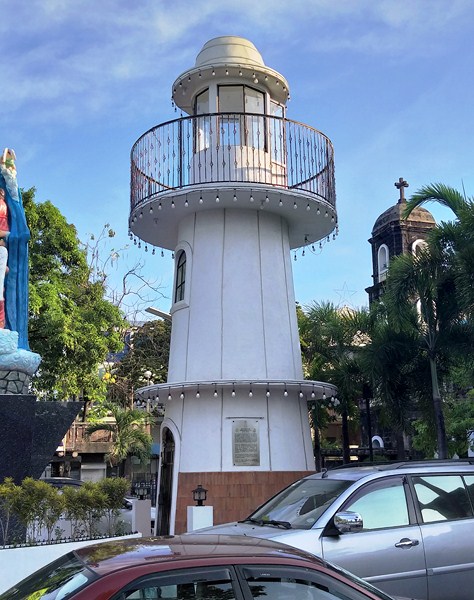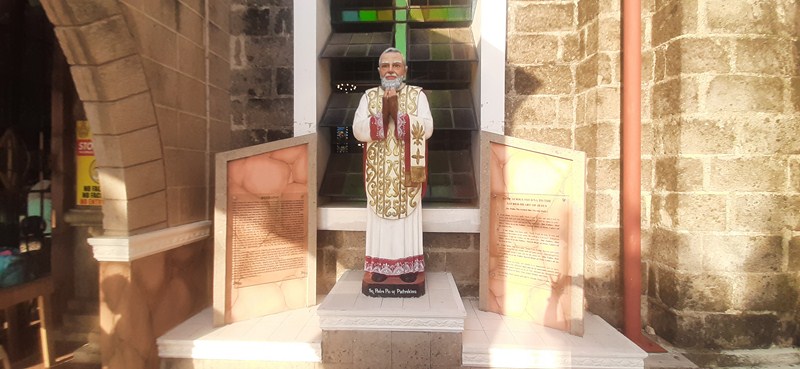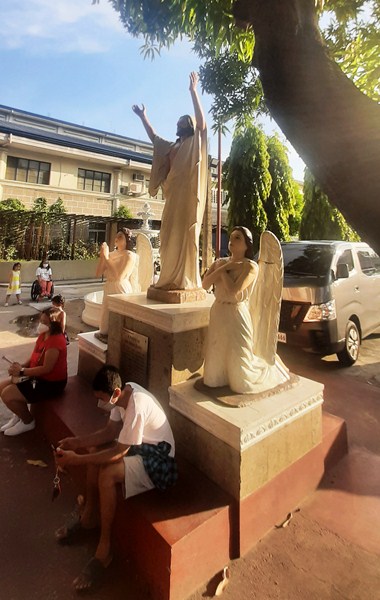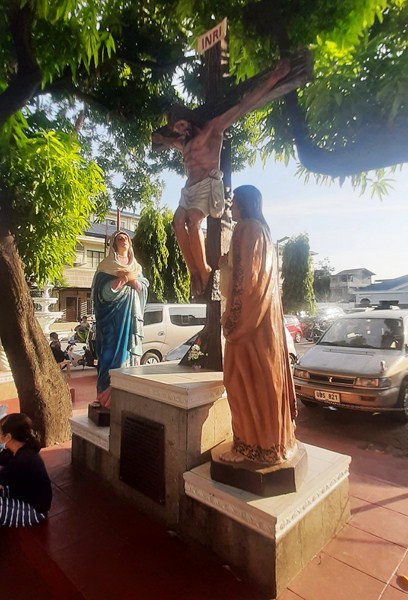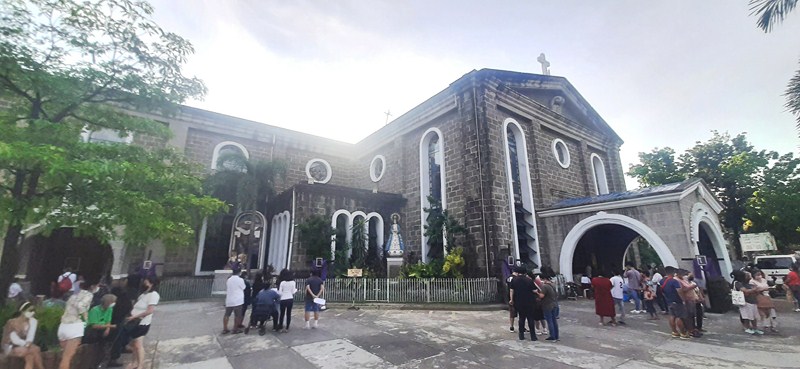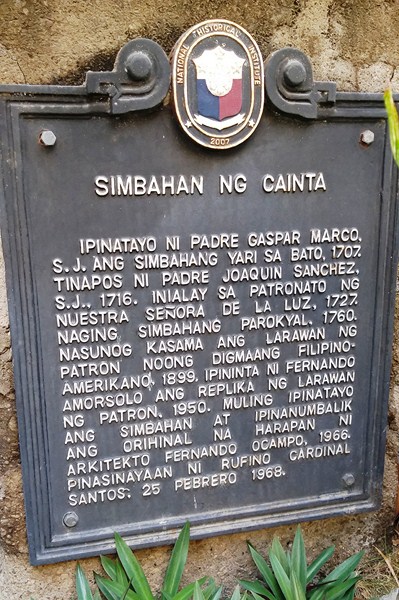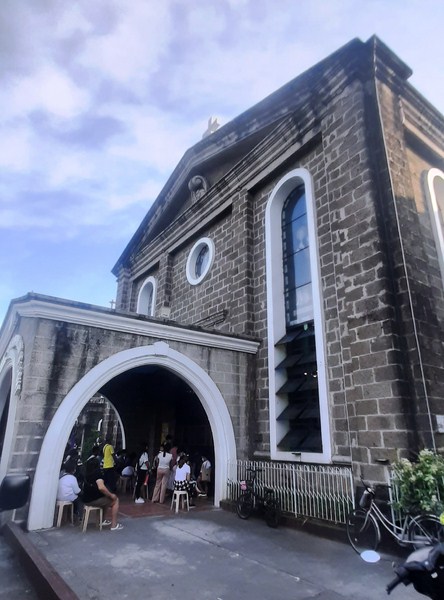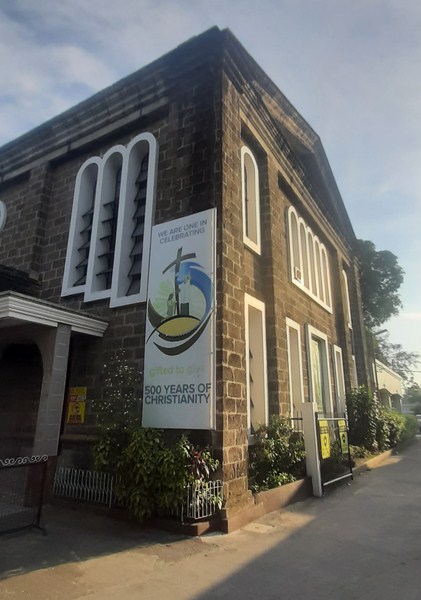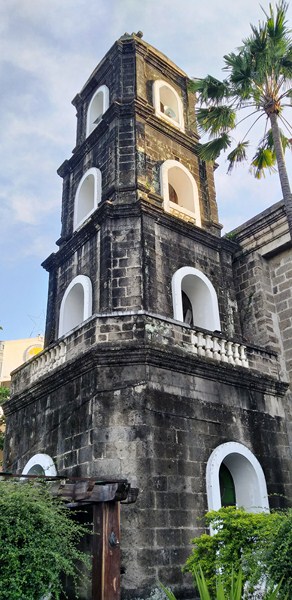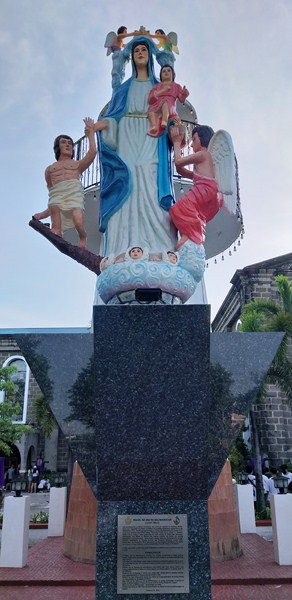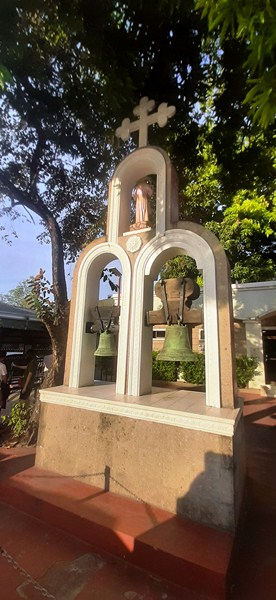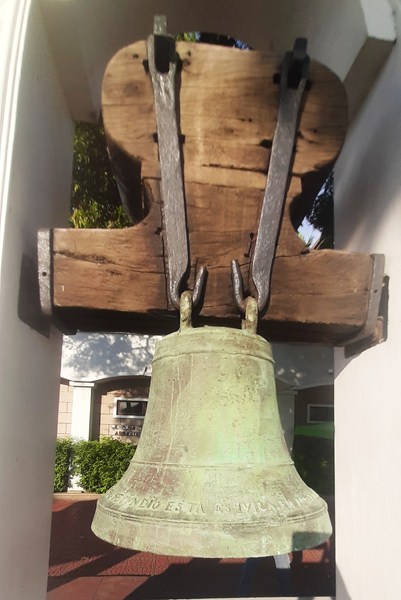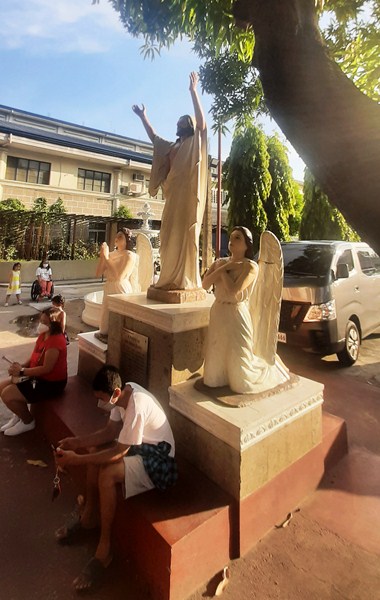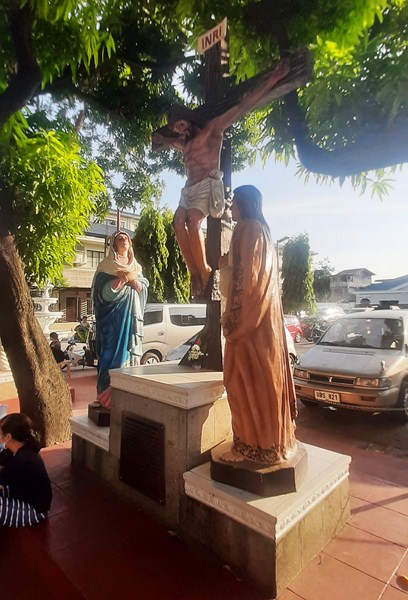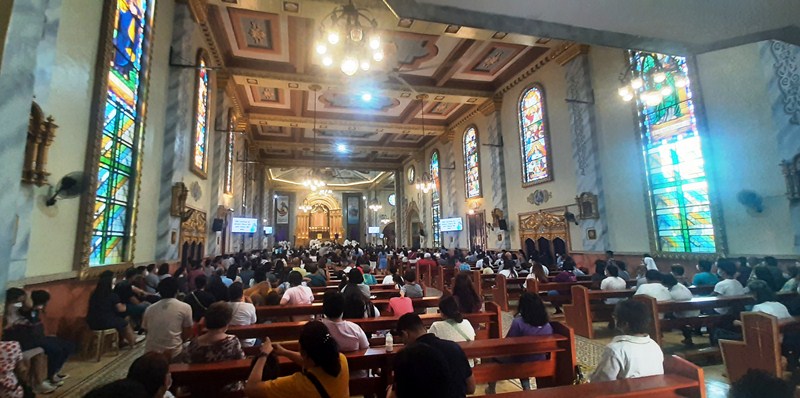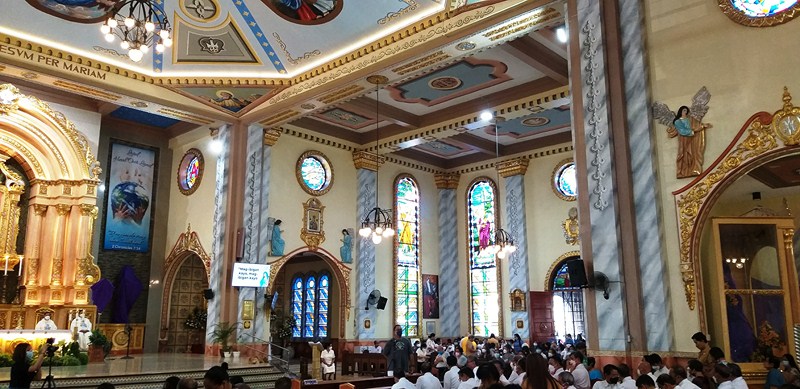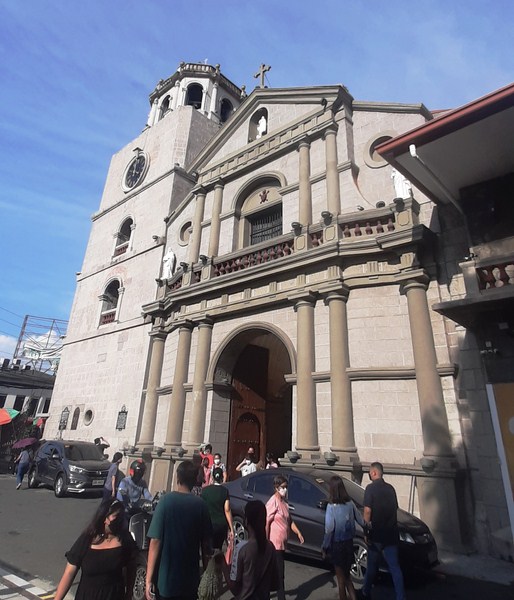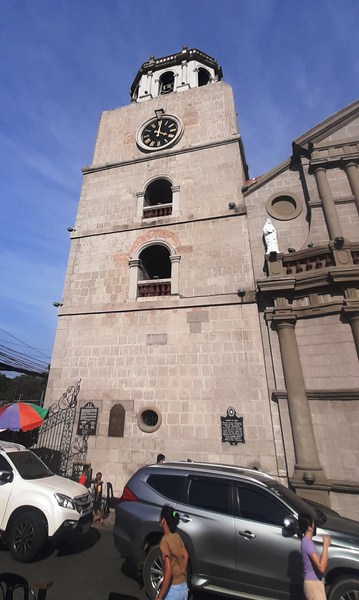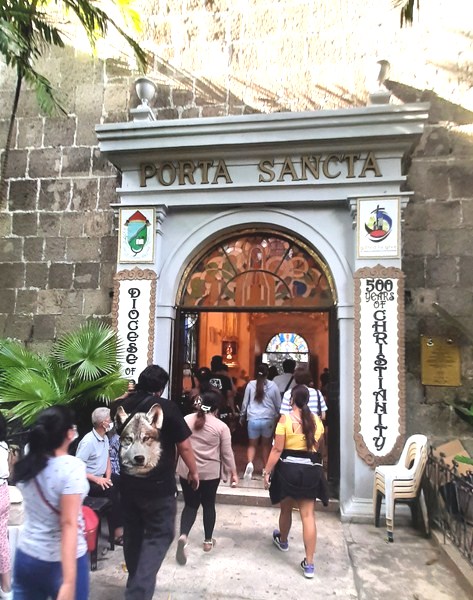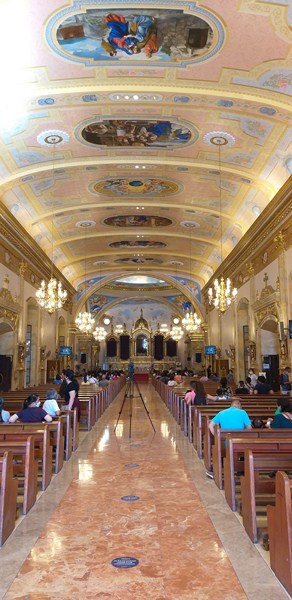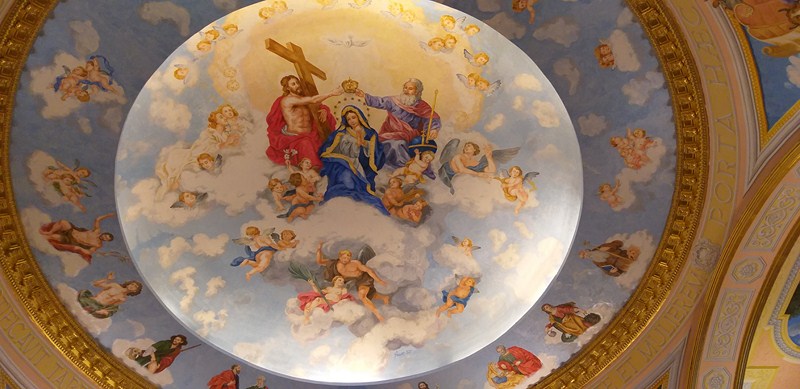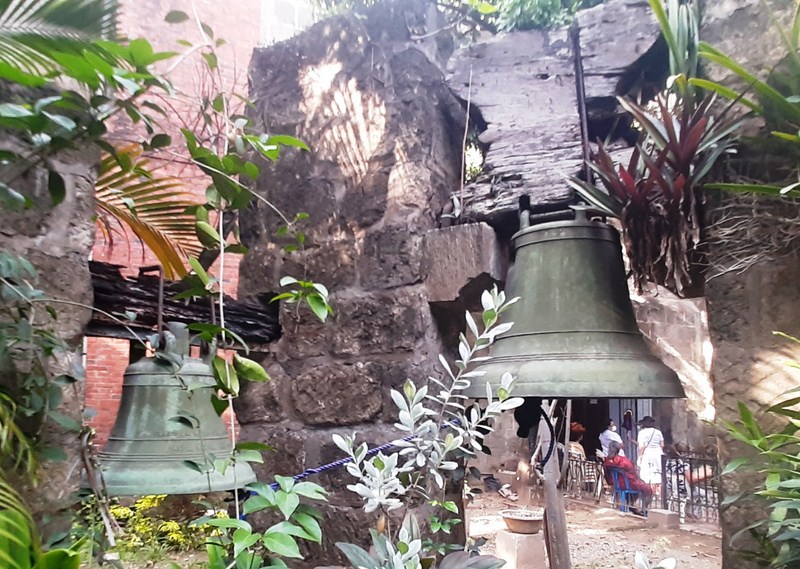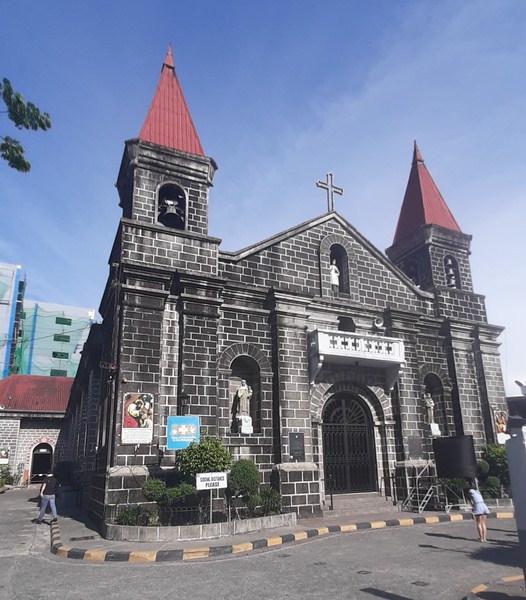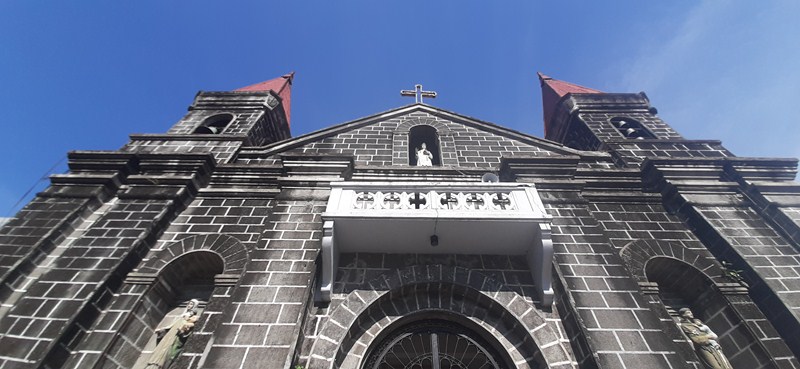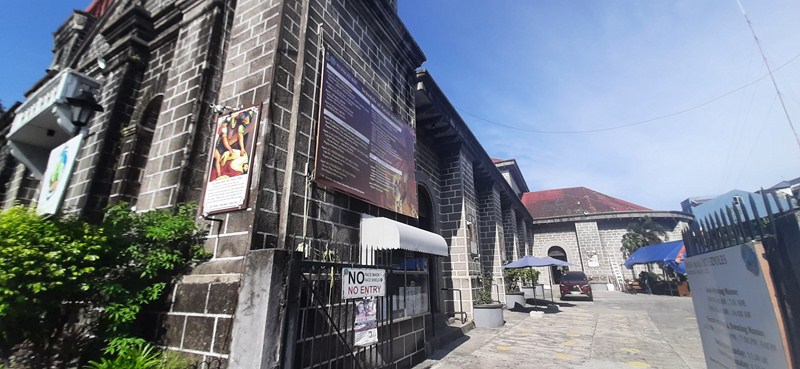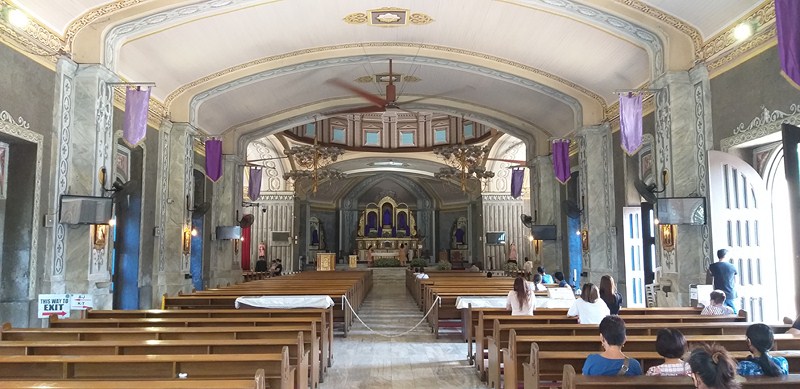The Php30 billion Cebu–Cordova Link Expressway (CCLEX), also known as the Cebu–Cordova Bridge and the Third Cebu–Mactan Bridge (colloquially known as the Third Bridge locally), is a toll bridge expressway in Metro Cebu which links Cebu City with the municipality of Cordova, Cebu. The artistically designed CCLEX, with its iconic crosses on top of the twin pylons, has now become part of Cebu’s iconic landmarks.
Here are some interesting trivia regarding this bridge:
- After the Mactan-Mandaue Bridge and the Marcelo Fernan Bridge, it is the third road link between Cebu and Mactan
- At 8.9-kms. (5.5 mi.) long, it is the longest and tallest bridge in the Philippines, surpassing the San Juanico Bridge, which crosses Leyte and Samar, and the Candaba Viaduct along the North Luzon Expressway in Luzon.
- It the longest cable-stayed bridge in the Philippines surpassing the Marcelo Fernan Bridge which also crosses the Mactan Channel.
- It the first toll road project of Metro Pacific Tollways Development Corp. (MPTDC) outside of Luzon
Cordova mayor Adelino Sitoy first proposed the bridge to connect his municipality with Cebu City in mainland Cebu. After numerous studies were conducted, the local government of Cordova and Cebu City entered into a public-private partnership with Metro Pacific Tollways Development Corp. (MPTDC). Then chairman of the Regional Development Council of Region VII Michael Rama also lobbied for the construction of the Cebu-Cordova bridge. Rama later became Mayor of Cebu City when the Cebu–Cordova Bridge project was already awarded to a company.
Here is the historical timeline of the bridge:
- In January 2016, the Metro Pacific Tollways Development Corp.(MPTDC, the toll road arm of Metro Pacific Investments Corp. which is a publicly listed infrastructure company and a member of the Manny V Pangilinan Group of Companies), through a disclosure to the Philippine Stock Exchange, announced that the construction of the bridge that was to commence in 2017. In the same announcement, MPTDC said that they will be responsible for the construction and financing of the bridge and, once it is completed, its operation as well.
- On March 2, 2017, the groundbreaking ceremony for the Cebu–Cordova Bridge was held.
- On April 15, 2021, eight ecumenical “Iconic Crosses,” placed on the two main pylons of the bridge, were lighted during the 2021 Quincentennial Commemorations in the Philippines to highlight Cebu’s title of being the Cradle of Christianity in the Far East.
- As of September 30, 2021, the bridge is 85.38% complete.
- On October 5, 2021, the final concrete pouring in the main bridge deck was held effectively completing the main bridge deck. The entire expressway is expected to be completed in December 2021, with opening slated for the first quarter of 2022.
Designed by the Spanish firms Carlos Fernandez Casado (CFC) and SENER Ingeniería y Sistemas, the local firm DCCD Engineering Corp and the Danish firm COWI did the engineering works. Built by a joint venture between Spanish firm ACCIONA, and Philippine firms First Balfour and DMCI, the bridge was meant to serve as an alternate route serving the Mactan–Cebu International Airport.
The 390-m. long (1,280-ft.) cable-stayed main span of the CCLEX is supported by 145-m. (476-ft.) high twin tower pylons whose design was inspired by the historic Magellan’s Cross Pavilion. The main span of the 27–m. (89 ft.) wide bridge has a 51 m. (167 ft.) navigation clearance for maritime traffic which allows ships to traverse the bridge. Viaduct approach bridges and a causeway, as well as toll road facilities (its design inspired from the eight-rayed sun of the Philippine flag) on an artificial island, also form part of the CCLEX. It has two lanes in each direction, with a design speed of 80 kms. per hour allowing it to serve at least 50,000 vehicles daily.
The planned expressway extension to Lapu-Lapu City will have a direct connection to the Mactan–Cebu International Airport and will add roughly 5 to 8 kms. (3.1 to 5.0 mi.) to the expressway, and is estimated to cost ₱10 billion to ₱15 billion.
To provide safe and seamless travel between Cebu City and Mactan, which hosts the Mactan–Cebu International Airport, Mactan Export Processing Zone, and some of the country’s premier resorts and hotels, the CCLEX will use an all-electronic toll collection system. The toll plaza, with eight toll lanes (our lanes in each direction) will use radio-frequency identification or RFID electronic payment for toll collection.
Cebu Provincial Tourism Office: 3/F, East Wing, Capitol Executive Bldg., Capitol Site, Cebu City 6000. Tel: (032) 888-2328. E-mail: sugbuturismo@gmail.com.
Department of Tourism Regional Office VII: G/F, LDM Bldg., Cor. Legaspi and M.J. Cuenco Sts., 6000 Cebu City. Tel: (032) 412-1966, (032) 412-1967, (032) 254-3534, (032) 254-6650 and (032) 254-2811. Fax: (033) 335-0245. Email: phdot7@tourism.gov.ph. Airport Office Tel: (032) 494-7000 loc. 7548.
Cebu Pacific Air has daily flights from Manila to Cebu’s Mactan International Airport. It also has flights from Clark (Pampanga) and Davao City. Book via www.cebupacificair.com.

